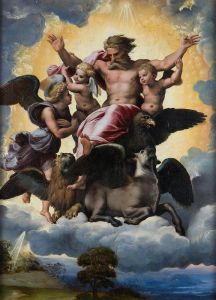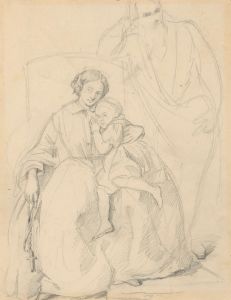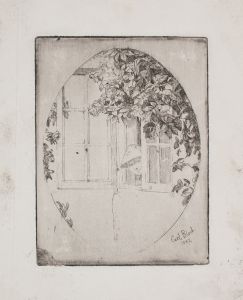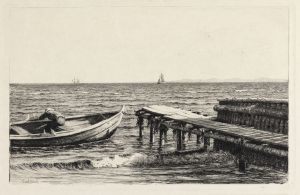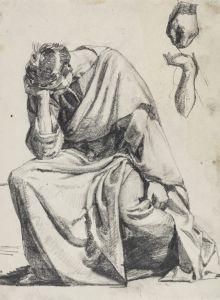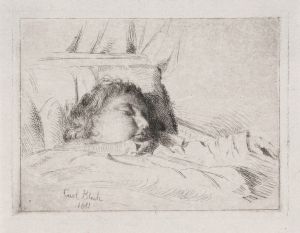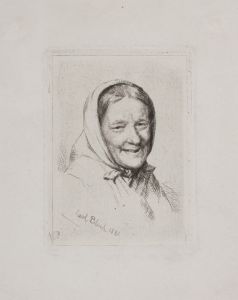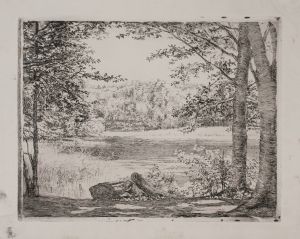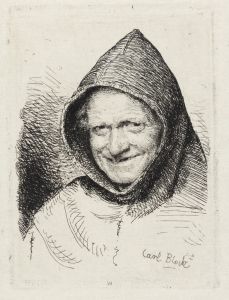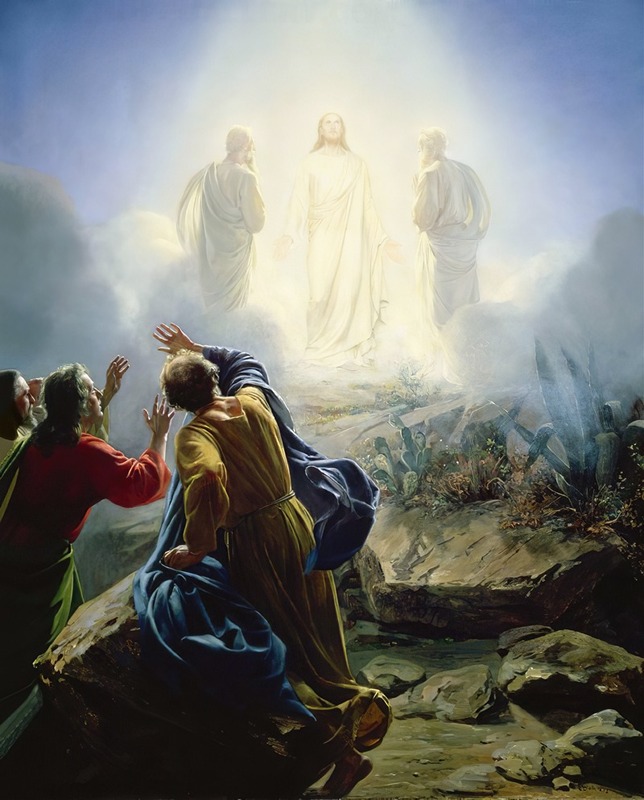
Transfiguration of Jesus
A hand-painted replica of Carl Bloch’s masterpiece Transfiguration of Jesus, meticulously crafted by professional artists to capture the true essence of the original. Each piece is created with museum-quality canvas and rare mineral pigments, carefully painted by experienced artists with delicate brushstrokes and rich, layered colors to perfectly recreate the texture of the original artwork. Unlike machine-printed reproductions, this hand-painted version brings the painting to life, infused with the artist’s emotions and skill in every stroke. Whether for personal collection or home decoration, it instantly elevates the artistic atmosphere of any space.
Carl Bloch's "Transfiguration of Jesus" is a notable painting that captures the biblical event of the Transfiguration, as described in the New Testament. Carl Heinrich Bloch, a Danish painter, is renowned for his religious art, and his works have been influential in depicting biblical scenes with emotional depth and vivid detail.
The Transfiguration of Jesus is a significant event in Christian theology, where Jesus is transfigured and becomes radiant upon a mountain. This event is described in the Gospels of Matthew, Mark, and Luke. According to these accounts, Jesus took three of his apostles—Peter, James, and John—up a high mountain, traditionally identified as Mount Tabor. There, Jesus was transfigured before them; his face shone like the sun, and his clothes became dazzling white. Moses and Elijah appeared alongside him, representing the Law and the Prophets, respectively. This moment is seen as a revelation of Jesus' divine nature to his closest disciples.
Bloch's interpretation of this event is characterized by his attention to detail and his ability to convey the spiritual significance of the scene. The painting captures the moment of divine revelation with a focus on the luminous transformation of Jesus. Bloch's use of light and color emphasizes the otherworldly aspect of the event, with Jesus depicted in radiant white garments, symbolizing purity and divinity. The figures of Moses and Elijah are shown in conversation with Jesus, highlighting the connection between the Old and New Testaments.
The apostles are portrayed in various states of awe and reverence, reflecting the overwhelming nature of the experience. Bloch's composition effectively conveys the dramatic and spiritual intensity of the Transfiguration, drawing the viewer into the moment of divine encounter. The landscape in the background is often depicted with a sense of elevation and isolation, reinforcing the idea of a sacred space set apart from the ordinary world.
Carl Bloch's religious paintings, including the "Transfiguration of Jesus," have been widely appreciated for their emotional impact and theological depth. His works have been used in various religious contexts, including churches and educational materials, to illustrate biblical narratives. Bloch's ability to capture the essence of biblical events with clarity and reverence has made his paintings enduringly popular among audiences seeking to connect with the spiritual themes of Christianity.
While Bloch's "Transfiguration of Jesus" is celebrated for its artistic and spiritual qualities, specific details about the painting's creation, such as the exact date and location of its production, are not widely documented. However, Bloch's broader body of work, created during the 19th century, reflects his deep engagement with religious themes and his commitment to portraying biblical stories with authenticity and devotion.
In summary, Carl Bloch's "Transfiguration of Jesus" stands as a significant work of religious art, capturing a pivotal moment in Christian theology with skill and sensitivity. Bloch's depiction of the Transfiguration continues to resonate with viewers, offering a visual interpretation of a profound spiritual event.





